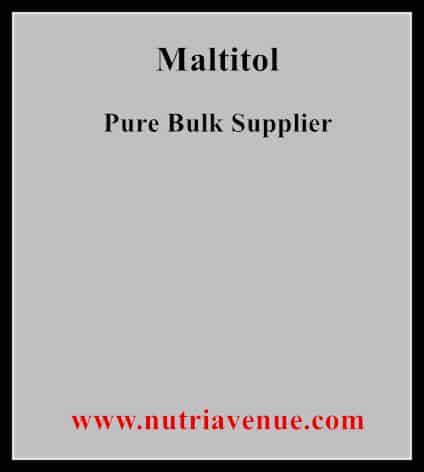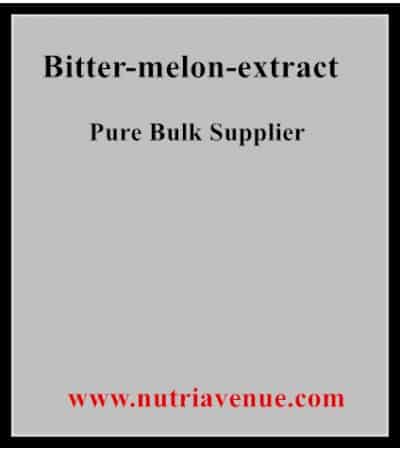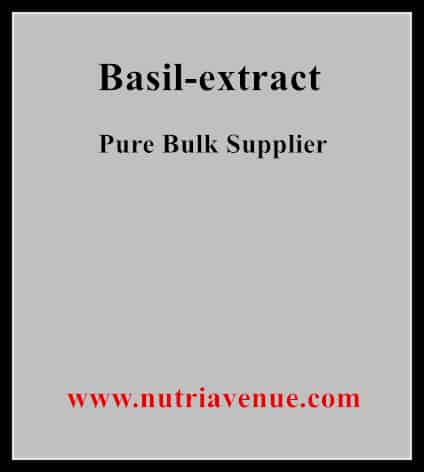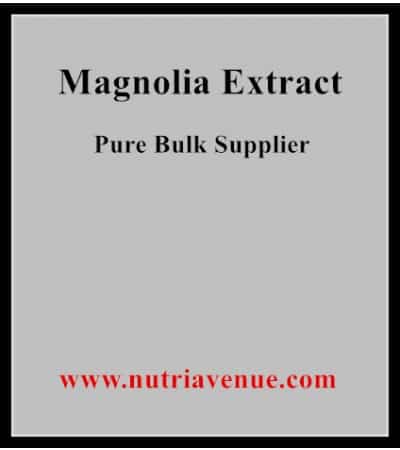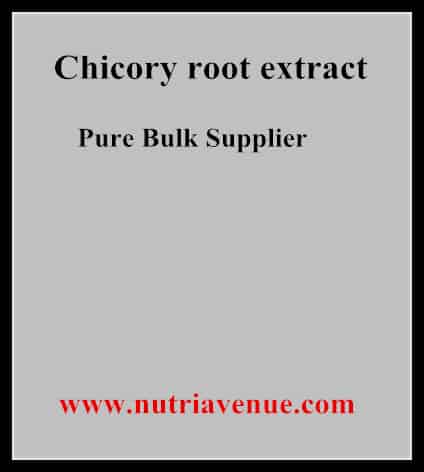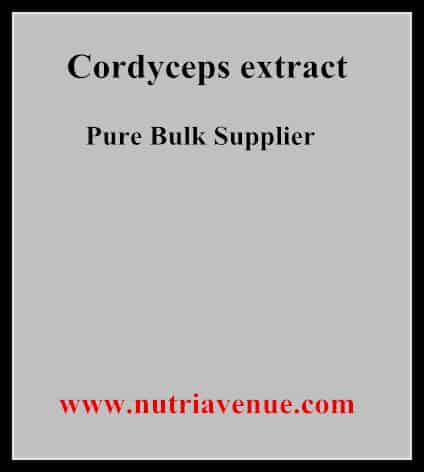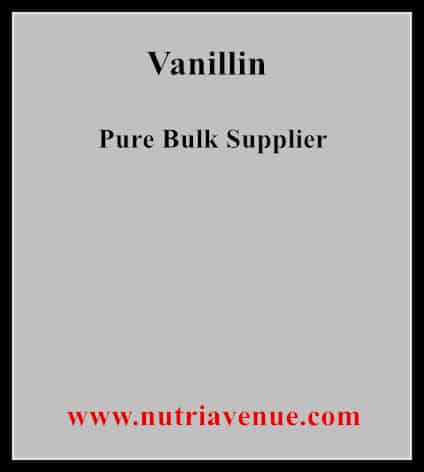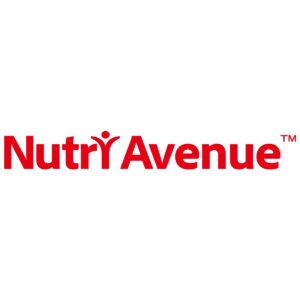What Is Vitamin A Ingredient?
Vitamin A is an important fat-soluble vitamin essential for human health. It encompasses a group of chemically related compounds, such as retinol, retinal, retinoic acid, and carotenoids like beta-carotene. These compounds serve various essential functions in the body.
Vitamin A has essential roles in our body. It helps develop embryos and growth and keeps our immune system healthy. It is also necessary for good vision because it combines with a protein called opsin to make a substance called rhodopsin. Rhodopsin absorbs light and helps us see in low-light conditions and color. We can get vitamin A from two primary sources: retinol, which comes from animal-based foods, and provitamin A carotenoids, like beta-carotene, found in some plant-based foods. Our bodies can convert these carotenoids into retinol. However, it’s worth noting that some animals that eat meat cannot convert these carotenoids, and other types of carotenoids do not have vitamin A effects.
What Are The Forms Of Vitamin A?
Retinol
Retinol, also known as Vitamin A1, is the active form of Vitamin A in animal-based sources. It has a CAS number of 68-26-8, a chemical formula of C20H30O, and a molecular weight of 286.45 g/mol. Retinol is essential for various bodily functions, including vision, especially in low-light conditions. It combines with opsin protein to create rhodopsin, a light-sensitive pigment in the retina. Additionally, retinol is crucial for embryonic development, growth, and maintaining a healthy immune system.
Retinal (Retinaldehyde)
Retinal, also known as retinaldehyde, is a form of vitamin A crucial for vision. It has a CAS number of 116-31-4, a chemical formula of C20H28O, and a molecular weight of 284.44 g/mol. Retinal serves as a critical component in the visual cycle of our eyes. When light enters the eye, it interacts with retinal in the retina, triggering a chemical reaction that sends nerve signals to the brain, enabling us to see. Retinal and opsin combine to create rhodopsin, a pigment in the retinal rods that allows us to see in dim lighting. The conversion of retinal to retinol is an essential step in the visual cycle, ensuring the proper functioning of our optical system.
Retinyl esters
Retinyl esters are compounds that store vitamin A in the body. They don’t have a specific CAS number, as they refer to a group of compounds. The chemical formula of retinyl esters varies depending on the particular ester, a combination of retinol and a fatty acid. For example, retinyl palmitate has the formula C36H60O2 and a molecular weight of 524.86 g/mol. These esters act as reservoirs of vitamin A, stored in specialized liver cells. When the body needs vitamin A, it can convert retinyl esters into retinol. This helps ensure a constant supply of vitamin A for essential functions like vision, growth, and immune system health, especially when dietary intake is insufficient.
Retinoic acid
Retinoic acid is a vital and active form of vitamin A that performs essential bodily functions. It has a CAS number of 302-79-4, a chemical formula of C20H28O2, and a molecular weight of 300.44 g/mol. Also known as tretinoin, Vitamin A acid, or all-trans-retinoic acid, retinoic acid acts as a signaling molecule that controls gene expression. It plays a role in embryonic development, cell differentiation, and the growth and proliferation of cells. Regarding skin health, retinoic acid is crucial as it helps regulate the growth and differentiation of skin cells. Dermatologists commonly use it to treat various skin conditions like acne, psoriasis, and photoaging. Additionally, retinoic acid has shown potential as an anticancer agent by inhibiting the growth of specific cancer cells and promoting their differentiation.
Retinyl acetate
Retinyl acetate is a synthetic version of vitamin A found in dietary supplements, skincare products, and fortified foods. Its CAS number is 127-47-9, and it has a chemical formula of C22H32O2 with a molecular weight of 328.49 g/mol. Retinyl acetate is a storage form of vitamin A, which gets converted into the active form, retinol, when consumed. Vitamin A is vital for vision, embryonic development, immune function, and maintaining healthy skin and mucous membranes. Retinyl acetate is commonly used as a dietary supplement to address vitamin A deficiencies and supports overall health. Skincare is used for potential anti-aging effects, improving skin texture, and promoting cell turnover.
What Is Provitamin A Carotenoids?
Beta-carotene
Beta-carotene is a natural pigment and provitamin A carotenoid that serves as a precursor to vitamin A in the body. Its CAS number is 7235-40-7, and its chemical formula is C40H56, with a molecular weight of 536.88 g/mol. Beta-carotene is commonly found in colorful fruits and vegetables, such as carrots, sweet potatoes, and leafy greens. It is also known as provitamin A or β-carotene. The primary function of beta-carotene is its conversion into vitamin A, which plays essential roles in vision, immune function, and cell growth. Beta-carotene functions as an antioxidant, shielding cells from harm caused by harmful free radicals. Including beta-carotene-rich foods in your diet promotes general well-being and may lower the likelihood of specific illnesses.
Alpha-carotene
Alpha-carotene is a natural pigment found in various fruits and vegetables. Its CAS number is 7488-99-5, and its chemical formula is C40H56, with a formula weight of 536.88 g/mol. It is also known as α-carotene and acts as a provitamin A carotenoid. Alpha-carotene, along with other carotenoids, is a precursor to vitamin A in the body. It has antioxidant properties and is believed to support overall health, including immune function and cellular protection against oxidative stress. Dietary sources rich in alpha-carotene include carrots, pumpkins, and spinach.
Beta-cryptoxanthin
Beta-cryptoxanthin is a type of carotenoid belonging to the xanthophyll family. It has a CAS number of 472-70-8 and a chemical formula of C40H56O. The molecular weight of beta-cryptoxanthin is approximately 552.87 g/mol. Other names, such as beta-Cx and β-cryptoxanthin, also know it. Beta-cryptoxanthin is primarily found in certain fruits and vegetables, including oranges, red peppers, and papayas. In the body, it acts as a provitamin A, meaning it can be converted into retinol, an active form of vitamin A. Thus, one of its primary functions is to contribute to vitamin A status in the body. Vitamin A is crucial for various biological processes, such as vision, immune function, and cell growth and differentiation. Beta-cryptoxanthin and other provitamin A carotenoids support overall health and well-being.
How does vitamin A convert to provitamin A?
Vitamin A can convert to provitamin A through a process called carotenoid cleavage. Carotenoids, such as beta-carotene, are a group of pigments found in fruits, vegetables, and other plant-based sources. When we consume foods containing carotenoids, the provitamin A carotenoids are absorbed into the small intestine.
Beta-carotene dioxygenase acts upon the provitamin A carotenoids in the small intestine and cleaves them into two retinal molecules. This cleavage is essential in converting provitamin A carotenoids into vitamin A. Retinal can be converted into retinol, the active form of vitamin A.
What Is Vitamin A Retinyl Palmitate?
Vitamin A retinyl palmitate is a synthetic form of vitamin A commonly found in dietary supplements, skincare products, and fortified foods. It is created by combining retinol, the active form of vitamin A, with palmitic acid. Vitamin A retinyl palmitate has a CAS number of 79-81-2 and a chemical formula of C36H60O2, with a formula weight of approximately 524.87 g/mol. It serves as a stored version of vitamin A in the body. Once consumed, retinyl palmitate is converted into retinol, which is then further transformed into active forms like retinal. Vitamin A is crucial in various bodily functions, including vision, immune system support, and maintaining healthy skin and mucous membranes. Due to its potential benefits in addressing vitamin A deficiencies and promoting skin health, vitamin A retinyl palmitate is commonly used in supplements and skincare products.
What is VA Palmitate used for?
VA Palmitate, also known as vitamin A palmitate, has diverse uses. It is commonly found in dietary supplements, fortified foods, and skincare products. VA Palmitate is included in dietary supplements to combat vitamin A deficiencies and promote overall well-being. It is a stored form of vitamin A that can be converted into active forms when the body requires it. In fortified foods, VA Palmitate is added to increase the vitamin A content and provide essential nutrition. In skincare products, VA Palmitate is utilized for its potential advantages in nurturing healthy skin, addressing skin issues, and diminishing signs of aging. It is believed to encourage the renewal of skin cells, enhance skin texture, and contribute to maintaining a lively and youthful appearance. However, it’s crucial to follow recommended dosages and guidelines when using VA Palmitate and products containing it.
What Are The Natural Sources Of Vitamin A Powder?
Animal-based sources
- Liver
- Fish liver oil
- Dairy products (milk, cheese, butter)
- Eggs
- Meat (beef, poultry)
Plant-based sources (provitamin A carotenoids)
- Orange fruits (carrots, mangoes, apricots)
- Yellow fruits (papaya, cantaloupe)
- Leafy greens (spinach, kale)
- Sweet potatoes
- Pumpkin
- Red bell peppers
- Broccoli
- Tomatoes
How To Manufacture Vitamin A Powder Generally?
Vitamin A powder is generally manufactured through a series of steps. It begins with extracting vitamin A from natural sources like fish liver oil or plant-based materials rich in carotenoids. The extracted vitamin A is then purified by removing impurities through filtration and distillation, creating a concentrated form. Once purified, vitamin A is transformed into a dry powder using spray drying or freeze drying methods, which remove moisture and result in fine particles or granules. The final stage involves testing the quality and potency of the vitamin A powder to ensure it meets the desired standards. The specific manufacturing process may vary based on the source of vitamin A and its intended use.
What Form Of Vitamin A Is Best Absorbed?
Retinol, the active form of vitamin A from animal-based sources, is the most easily absorbed by the body. It has higher bioavailability than the provitamin A carotenoids found in plant-based sources, making it more readily utilized by our bodies.
What Form Of Vitamin A Is Safest?
All forms of vitamin A can be safe when consumed in appropriate amounts. However, it is generally believed that obtaining vitamin A from natural food sources like fruits, vegetables, and animal products is the safest option. These sources provide:
- A balanced mix of retinol and provitamin A carotenoids.
- Allowing the body to regulate the conversion and usage of vitamin A based on its requirements.
- Reducing the risk of excessive intake.
It is crucial to follow recommended dietary guidelines and seek advice from healthcare professionals before considering vitamin A supplements.
Who Is The Best Vitamin A Supplier Near Me?
Nutri Avenue is a standout choice for a reliable Vitamin A Bulk Powder supplier. As an FDA-approved raw ingredients supplier, they prioritize quality and customer satisfaction, ensuring our Vitamin A Powder meets strict standards. With its extensive network of five warehouses in the United States, Nutri Avenue offers fast and efficient delivery. Choosing Nutri Avenue guarantees access to top-quality Vitamin A Powder from a reputable company. Visit our website today for more information and a free quote!
Conclusion
The market offers a variety of standard VA specifications suitable for various applications. These common Vitamin A specifications include VA Palmitate powder with a cosmetic grade of 250,000IU/g, Vitamin A Palmitate powder with 99% purity, Vitamin A Palmitate 250 CWS/GFP Powder, Vitamin A Acetate Powder (Retinol), and Oil Retinol Acetate Vitamin A, etc. These different forms and concentrations cater to specific needs in industries such as cosmetics, supplements, and food fortification. It is essential to consider the desired application carefully and consult with suppliers to ensure the appropriate VA powder specification is chosen for optimum results.


